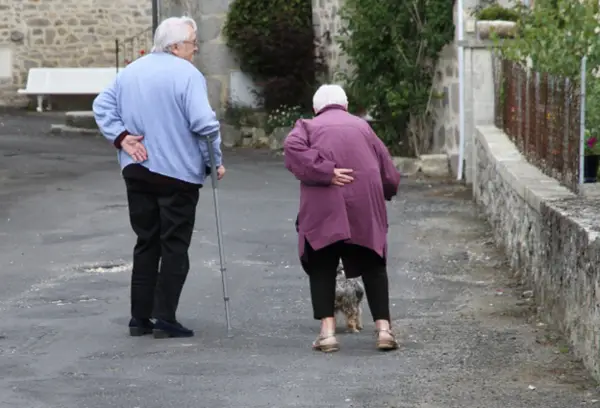
How to Make Your Home Safer for Aging in Place: Essential Modifications for Seniors
Getting older changes how you move through your home. Small tasks, like stepping into a tub or reaching for a light switch, can become real hazards.
Smart updates to your space make everyday life easier and safer. Here’s what matters most when making essential home modifications so seniors can comfortably age in place.
Stair Lifts
Multiple floors create real risks as mobility declines. Stairs turn into daily obstacles, especially during flare-ups or after minor injuries.
Stair lifts offer a practical fix without forcing anyone to give up part of their home. Most systems mount directly to existing stairs and run on rechargeable batteries with backup power for outages.
Modern options have slim profiles, support various weight capacities, and include safety belts and swivel seats. A good stair lifts guide helps you pick one that fits your layout and lifestyle without expensive structural changes or long installation timelines.
Grab Bars in Bathrooms and Hallways
Another ideal modification entails placing grab bars near toilets, showers, tubs, and long hallways. Slippery tiles and low lighting often turn these spots into fall zones.
Properly mounted bars offer support during movement or recovery from a slip. Placement is crucial. Angled bars near tubs work better for transitions than vertical ones alone.
Stainless steel or textured grip models stay secure even with wet hands. You can match finishes to your décor so the safety features blend in without looking clinical.
Non-Slip Flooring
Hardwood, tile, and throw rugs often turn into hazards as balance changes with age. Even clean floors can cause slips without warning.
You should consider installing rubber-backed vinyl, textured tile, or low-pile carpet with strong underlayment. Each material adds grip without creating drag for mobility aids like walkers.
Transition strips between rooms help eliminate tripping points where the flooring changes. Hallways, kitchens, and bathrooms see the most benefit from these upgrades.
Improved, Layered Lighting Systems
Lighting also plays a vital role in fall prevention and ease of movement. Shadows on stairs or dim corners can make even short walks risky.
Layering light solves that. Overhead fixtures provide general coverage, while task lighting brightens specific zones like countertops or reading chairs.
For added safety, incorporate motion sensors in hallways and bathrooms. Automatic nightlights near beds or outlets reduce the need to fumble for switches in the dark.
Consider Wellness Upgrades Like a Sauna
Adding a home sauna can support relaxation, ease joint pain, and improve circulation—benefits especially valuable for older adults. Christoffer Arfert of Select Saunas notes that more seniors are choosing saunas not just for comfort, but for their long-term wellness. When installed with features like non-slip flooring and accessible controls, a sauna can be a safe and soothing addition to an aging-in-place home.
Walk-In Bathtubs or Curbless Showers
Lastly, bathroom upgrades often make the biggest impact. Stepping over high tub walls or shower curbs raises the risk of falls and strain.
Walk-in bathtubs have low thresholds, built-in seats, and grab bars to support balance while bathing. Some even include hydrotherapy options for joint relief.
Curbless showers create an open layout with smooth transitions from floor to tile. When paired with slip-resistant surfaces and handheld sprayers, they offer comfort and independence without sacrificing design.
Wrapping Up
Aging in place works best when your home grows with your needs. Safety upgrades don’t have to feel clinical or complex.
Typically, start with what feels most urgent, then build from there. The proper setup helps you stay confident and steady in the space you know best.